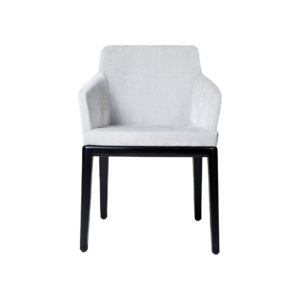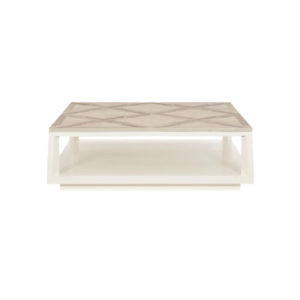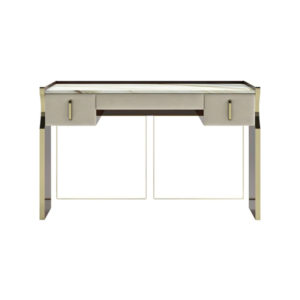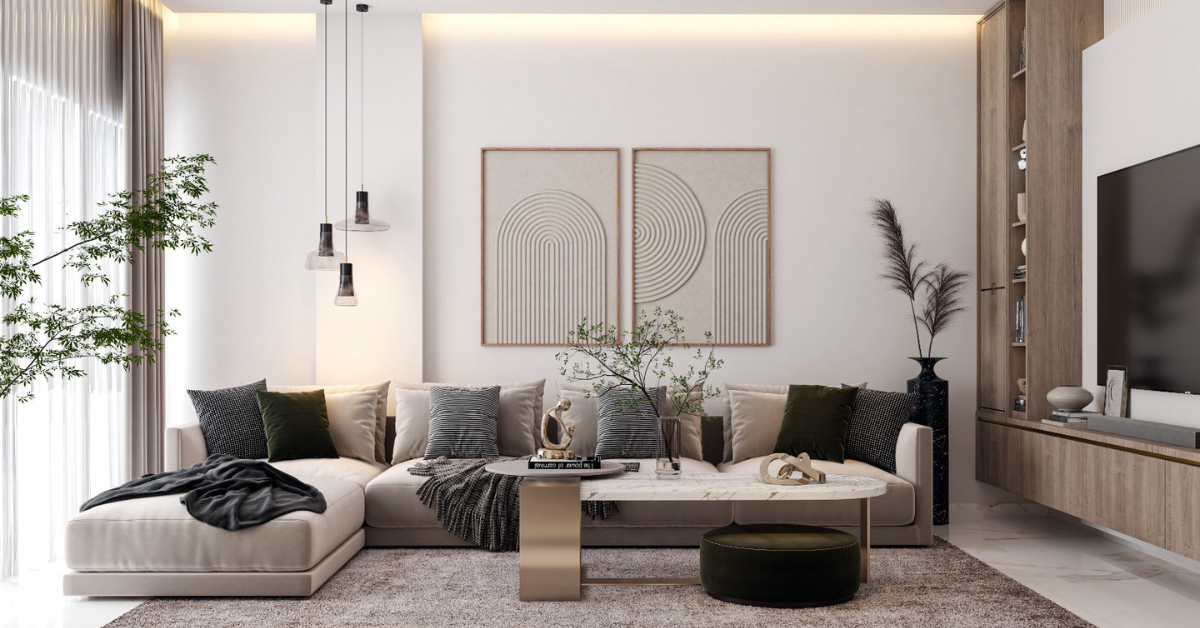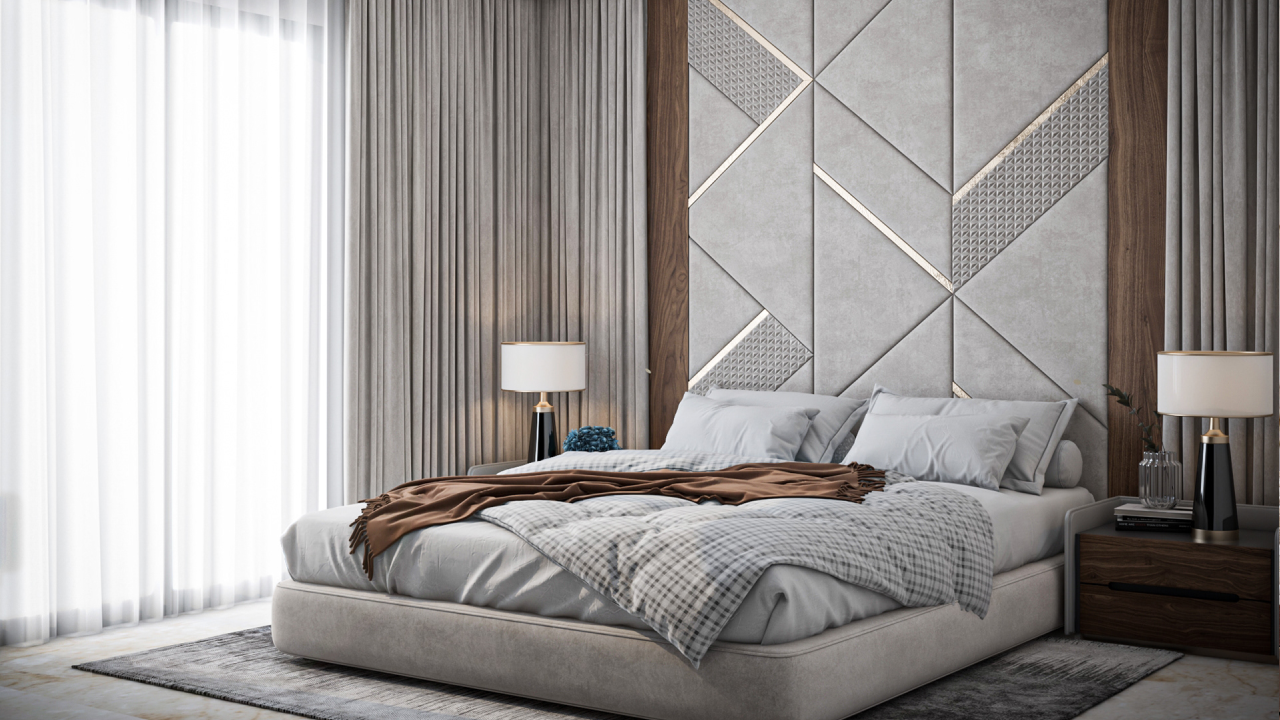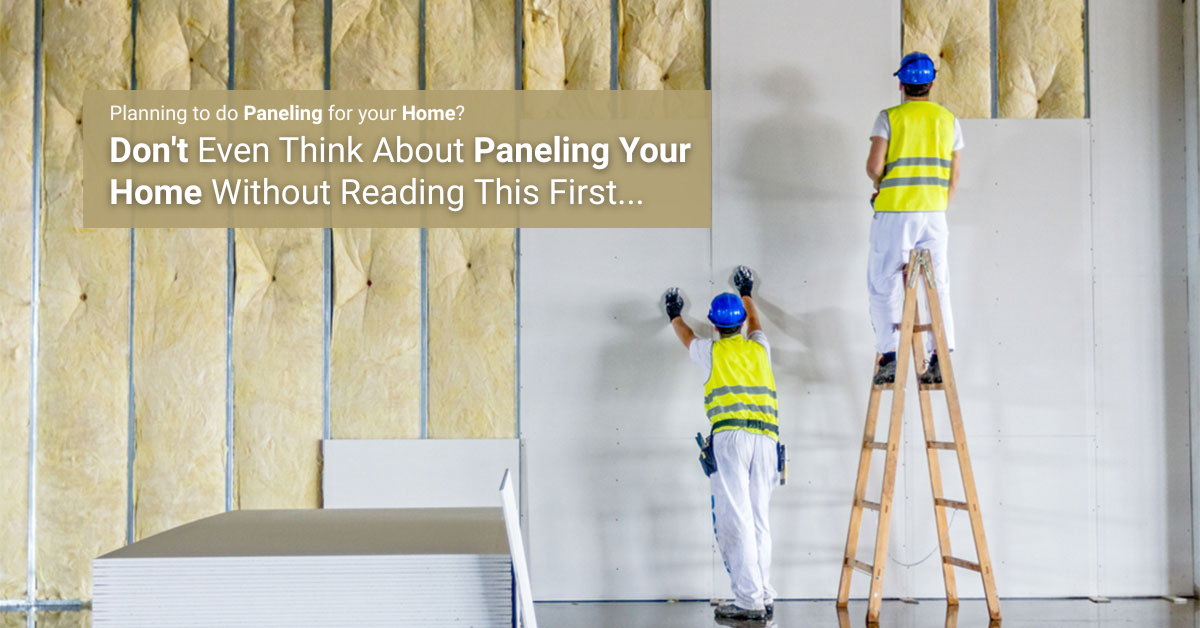
Planning to do Paneling for your Home? Don’t Even Think About Paneling Your Home Without Reading This First
Paneling is a great way to enhance the look and feel of your home. It can add depth and texture to walls and ceilings, and it can also help to improve the insulation of your home.
The paneling can be made of various materials such as wood, metal, vinyl, or even fabric, and can be installed vertically or horizontally.
Paneling can add character and warmth to a home, and it can also be used to hide imperfections on the walls. Different styles of paneling can create different moods and atmospheres within a room, from traditional to modern, rustic to elegant.
Wood paneling is a popular choice for homes, especially for creating a cozy and warm atmosphere. It comes in a range of styles, from beadboard and shiplap to tongue and groove and flat panels. Metal and vinyl paneling are also becoming increasingly popular due to their durability and low maintenance.
When hiring a professional, make sure they have experience in paneling and can provide references.
Overall, paneling can be an excellent addition to a home’s interior design, providing both practical and aesthetic benefits.
However, before you begin your paneling project, it’s important to do some Planning to ensure that you achieve the desired outcome:
How to Plan Paneling for your Home?
1. Decide on the type of paneling you want
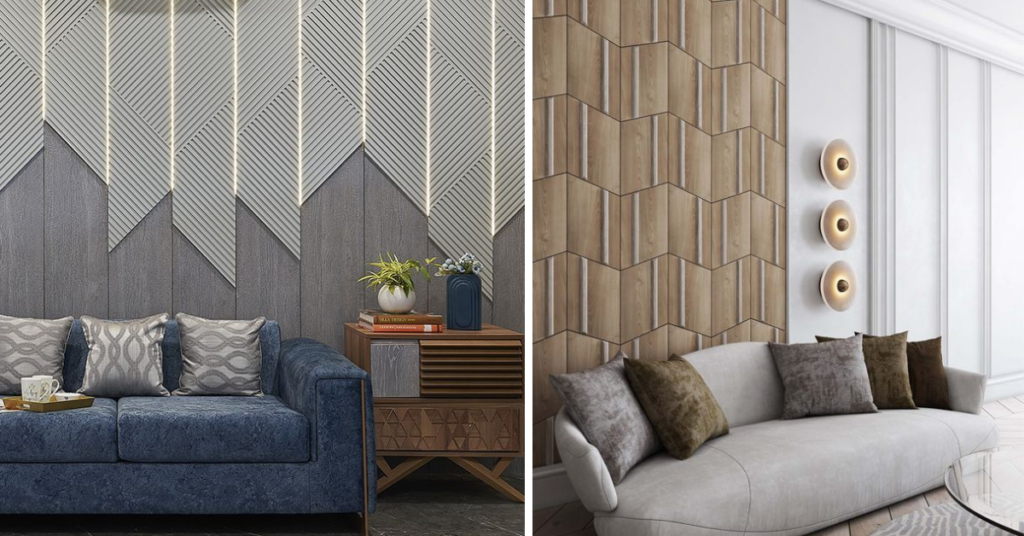
The first step is to decide on the type of paneling you want. There are many options to choose from, including wood paneling, beadboard paneling, wainscoting, and more. Each type has its own unique style and benefits, so take some time to research your options and choose the one that best suits your needs.
2. Measure the area
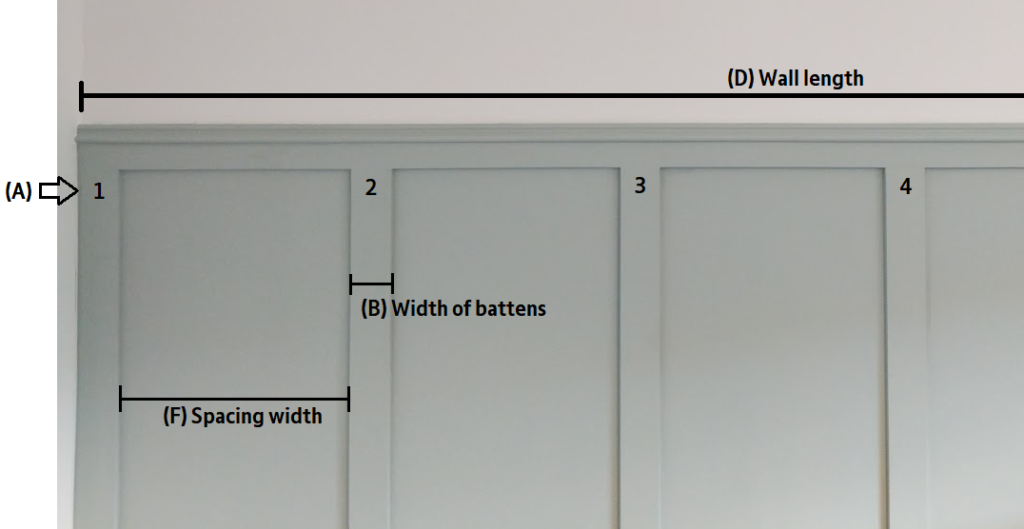
Before you can purchase your paneling, you’ll need to measure the area where you want to install it. Use a tape measure to measure the length and height of the wall or ceiling, and then multiply these numbers to get the total square footage. This will help you determine how much paneling you need to purchase.
3. Choose your materials
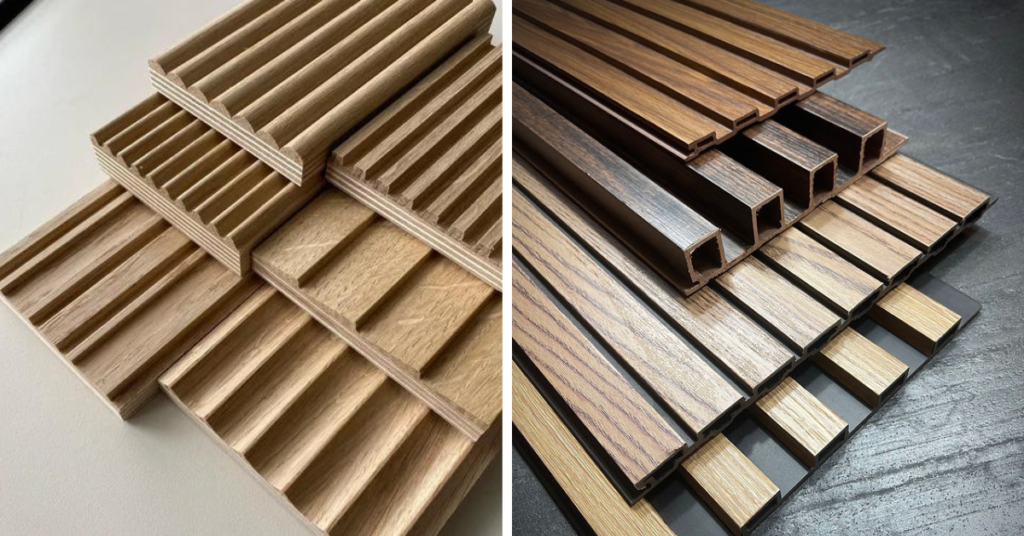
Once you know the type and amount of paneling you need, it’s time to choose your materials. This includes the paneling itself, as well as any necessary hardware such as nails, screws, and adhesive. Make sure to choose high-quality materials that will provide the durability and aesthetic you want for your home.
4. Prepare the surface
Before you begin installing your paneling, it’s important to prepare the surface. This may involve removing any existing wallpaper or paint, sanding the surface, and filling any gaps or holes. Make sure the surface is clean and smooth before you begin the installation.
5. Install the paneling
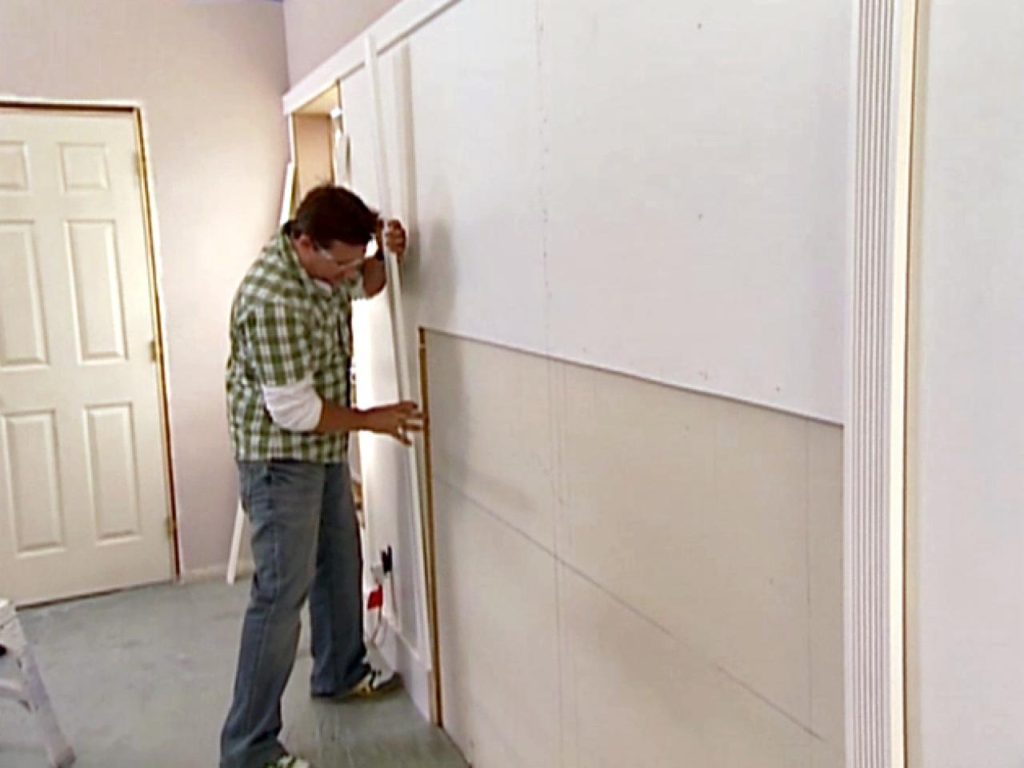
Finally, it’s time to install the paneling. Follow the manufacturer’s instructions carefully to ensure a proper installation. This may involve using a level to ensure the paneling is straight, cutting the paneling to fit around corners and obstacles, and attaching the paneling securely to the surface.
Paneling is a great way to add character and style to your home. By following these steps, you can plan your paneling project and achieve the desired results. Good luck with your project!
Paneling can add texture and warmth to a room, but if not done correctly, it can also have a negative impact on your home’s appearance. Here are 9 horrible mistakes to avoid when paneling your home:
1. Not Measuring Properly: Take accurate measurements of your walls before you purchase your paneling to ensure a proper fit.
2. Not Preparing the Walls: Clean and sand the walls before installing paneling to ensure a smooth surface. Any bumps or blemishes will show through the paneling.
3. Ignoring the Room’s Proportions: Make sure the paneling you choose is proportionate to the room. Large panels in a small room can make the space feel cramped, while small panels in a large room can look out of place.
4. Choosing the Wrong Color: Make sure the color of the paneling complements the room’s existing color scheme. A stark contrast can make the paneling look out of place.
5. Not Accounting for Light: Light can greatly affect the look of paneling, so make sure you consider the amount and type of light in the room when selecting your paneling.
6. Skipping Primer: Primer is important for ensuring a smooth and even finish. Neglecting to prime the walls before paneling can lead to an uneven appearance.
7. Not Considering the Joints: The joints between panels can be visible, so make sure you choose a paneling style with minimal or concealed joints.
8. Not Using Adequate Adhesives: Make sure you use a strong adhesive when installing the paneling to ensure it stays in place. Neglecting to use an adequate adhesive can result in the paneling warping or separating over time.
9. Neglecting Maintenance: Regular maintenance is important to keep your paneling looking its best. Clean it regularly and repair any damage promptly to prevent further damage.
By avoiding these mistakes, you can ensure that your paneling project is a success and adds to the overall look and feel of your home.
By avoiding these mistakes, you can ensure that your paneling project is a success and adds to the overall look and feel of your home.
Want to Transform Your Home into a Legacy of comfort & Style with Customised Luxury Living? , Click here to Grab your free 121 Session with our expert and “Save your Valuable Time“.


